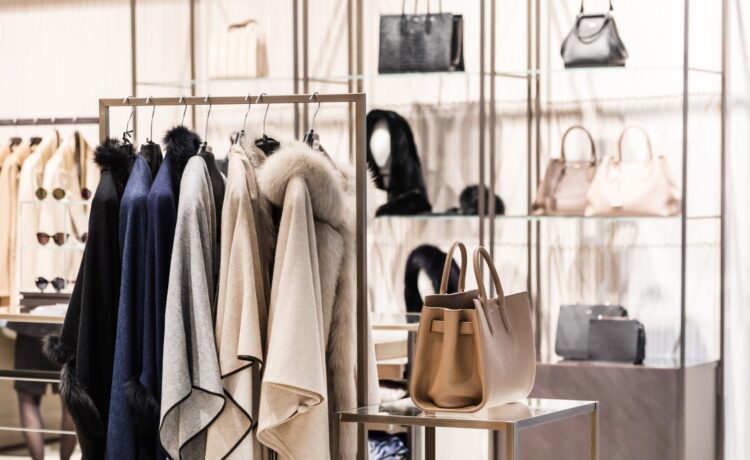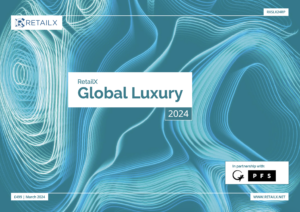The brand new RetailX Global Luxury Report 2024 has found the European market witnessed a 24.6% increase in spending on luxury goods in 2023, restoring its position as of one of the strongest luxury markets in the world.
The European luxury market saw a 5.6% contraction in 2022 after a relatively strong 2021, the victim of rapid increases in inflation caused by price surges resulting from Russia’s invasion of Ukraine. This macro-economic event saw spending across all income levels decrease markedly in Europe.
However, 2023 has seen a significant bounce back from this contraction. European consumers spend on average $130 per person on luxury, considerably above the $30 spent in China and way above the $46 global average.
Only the North American market outstrips this, with an average spend of $168.5 per person. This average spend by region highlights the markedly different contributions each region makes to the overall global luxury market and showcases how the revenues generated by luxury in Asia, while making overall the largest contribution to the total, comprise a very high volume of much lower value purchases.
The Asian market is dominated by the huge number of Chinese consumers, with both high-net-worth shoppers and ordinary consumers all buying increasing amounts of luxury goods across the spectrum from high-end through to affordable luxury. Much of this has been driven between 2020 and 2022 by shoppers splurging during public holidays in domestic resorts such as Hong Kong, Macau and Hainan Island. The relaxation of Covid restrictions in late 2022 has seen this spend expand, alongside many of these shoppers buying still more luxury goods through more frequent trips both domestically and abroad.
Asia currently accounts for the lion’s share of revenues at $136bn of the $354.8bn global total, but Europe ($110.5bn) and North America ($85.65bn) are both reasonably close behind. However, deeper analysis shows that from a growth perspective, markets in Asia and the US have remained relatively static across 2021 to 2023, and if anything are showing a slight decrease in luxury spending growth between 2022’s ‘bounce-back’ year and 2023.
Luxury in MENA
While the key regions for luxury lie within Europe, Asia and North America, significant growth has also been seen in the Middle East and North Africa (MENA) in 2023. The market in the region has grown 23% since the end of the pandemic and reached $11bn in 2023.
Much like the market in China, this growth figure has been driven by the resurgence in foreign travel among both MENAregion consumers and visitors to the region from abroad. As a result, many high-end luxury brands specifically targeted the region in 2023 and continue to do so into 2024, holding localised fashion shows, as well as collaborating with local influencers.
Many are opening flagship stores in the region’s key ‘luxury’ destinations, including Dubai and Abu Dhabi, to cater for this increased demand. Middle Eastern money is also flowing into traditional luxury brands.
In 2019, MENA investment fund Vision Investments bought Italian fashion company Roberto Cavalli Group out of near bankruptcy for $179.4m. Meanwhile, luxury giant Kering purchased a 30% stake in Valentino from a Qatari royal family run investment fund in a deal which potentially set up the investment fund to be a shareholder in Kering itself.
This is an except from the RetailX Global Luxury Report 2024, authored by Paul Skeldon. Download the full report for a look at consumer behaviour, the channels and devices used to make purchases, sustainability, predictions of consumer change and 22 in-depth company case studies.
This report aims to give senior retailers both insight of a market worth $354.81bn as well as details on how the major players are reacting to economic forces and are using technology and customer experience to differentiate their products and increase sales.
Stay informed
Our editor carefully curates two newsletters a week filled with up-to-date news, analysis and research, click here to subscribe to the FREE newsletter sent straight to your inbox and why not follow us on LinkedIn to receive the latest updates on our research and analysis.














